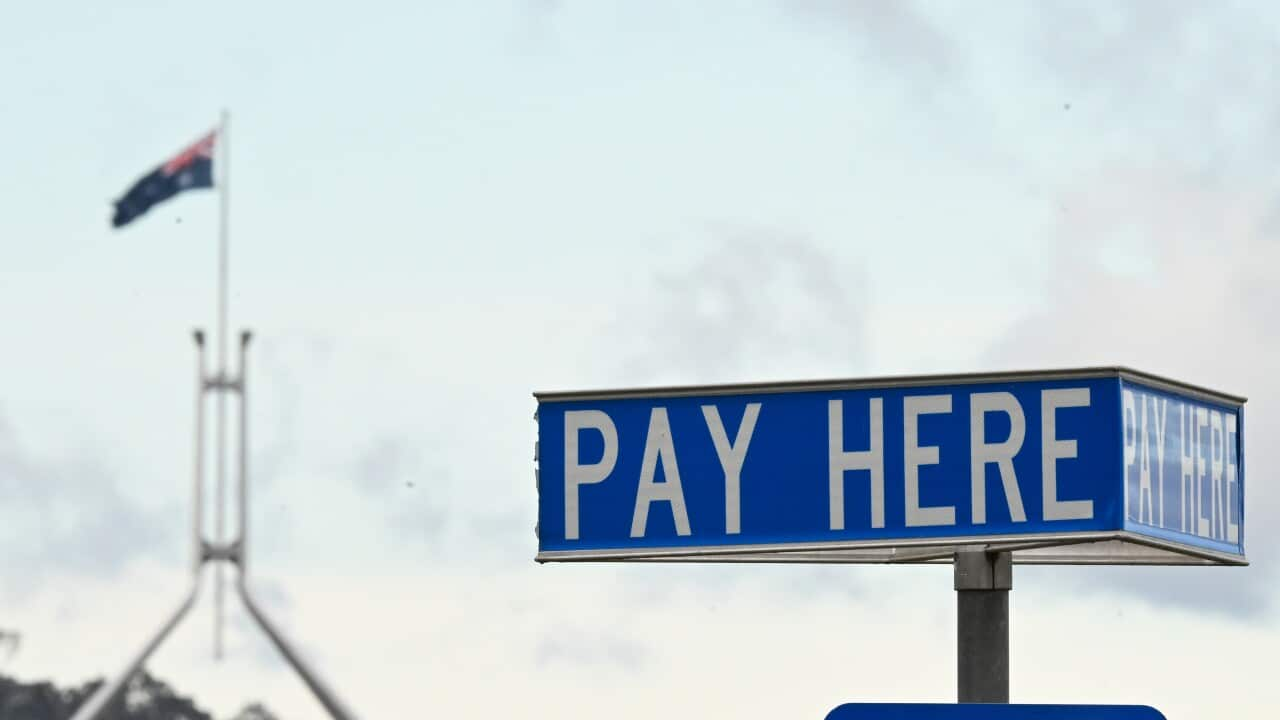Key Points
- The UN has predicted that inflation will remain "relatively high" in Australia throughout 2024.
- A primary reason it gave is an acceleration in rental prices driven by housing supply shortages.
- The UN's forecasts in the key economic report were not far off the Reserve Bank of Australia's projections.
Rising rental prices are likely to limit progress on inflation in Australia this year based on United Nations projections.
The intergovernmental organisation has inflation falling fairly gradually in Australia and New Zealand over the next twelve months, with competitive rental markets largely responsible for the sluggish progress.
"In Australia and New Zealand, inflation is projected to remain relatively high in 2024 due to the acceleration in rental prices driven by housing supply shortages," read the UN's 2024 World Economic Situation and Prospects report.
Australia's consumer price inflation is tipped to ease to 3.3 per cent in 2024, according to the UN's forecasts, before sinking to 3 per cent in 2025.
Annually, Australia's inflation grew 5.4 per cent through to the September quarter.
This was down from 6 per cent in the June quarter and well below the peak of 7.8 per cent through to the December quarter.
The UN's consumer price forecasts in the key economic report were not far off the Reserve Bank of Australia's projections to have inflation back within its 2-3 per cent target range by late 2025.
Treasury similarly expects inflation to slow to 3.75 per cent this financial year before hitting 2.75 per cent in 2024/25.
Yet rental price growth remains strong as demand for housing outstrips supply, with rents up 8.3 per cent nationally based on the latest CoreLogic data.
While the yearly growth was four times the pre-COVID average, the pace is slowing - the 2023 result was below the 9.5 per cent annual uptick in 2022 and 9.2 per cent increase in 2021.
'Strong headwinds'
Commenting on the economic situation in Australia and other developed economies in Asia, the UN report said the region was facing "strong headwinds".
The global organisation has pencilled in real GDP growth of 1.9 per cent for Australia in 2023, down from 3.7 per cent in 2022, and a further slowdown to 1.5 per cent in 2024.
Weaker-than-expected growth in China and the United States, revived inflationary pressures and lacklustre investment growth were highlighted as risks to the region's developed countries in 2024.
"Lingering geopolitical tensions and uncertainties at the global level - including the escalation of conflicts - could exacerbate the downside risks for the region's outlook due to its high dependence on international trade," the report read.
Globally, the UN is projecting another year below the pre-pandemic growth rate of 3 per cent, with world growth to slow from an estimated 2.7 per cent in 2023 to 2.4 per cent in 2024.
United Nations secretary-general Antonio Guterres said 2024 was projected to be another tough year.
He said sluggish global growth, weak investment, a spiralling debt crisis, devastating conflicts and extreme weather events would "delay and deny" progress on sustainable development.
"2024 must be the year when we break out of this quagmire," he said.
"By unlocking big, bold investments we can drive sustainable development and climate action, and put the global economy on a stronger growth path for all."



